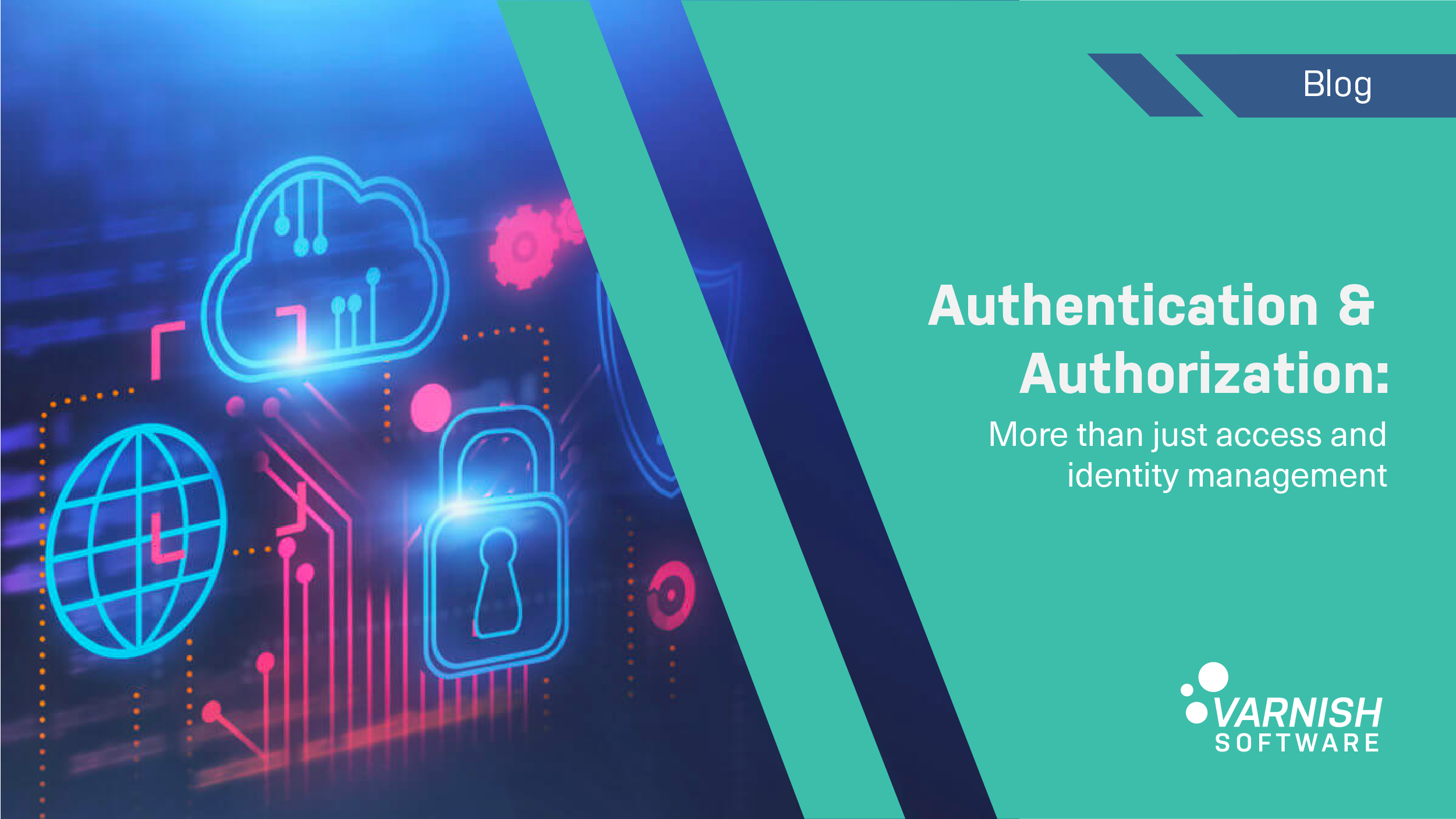Authentication and authorization policies exist in companies of all types and sizes to govern access control and determine who can see and work with specific data. At the same time, people are one of the biggest security vulnerabilities in organizations, making access control at a granular level one of the most important means of securing your sites, apps and your business as a whole, particularly at a time when ransomware and other attacks are on the rise.
Security vulnerabilities inevitably arise the greater the number of people who have access to data or programs. As COVID-19 forced companies to allow for working from home, studying from home, and a new rush of e-commerce shopping, these vulnerabilities have multiplied.
A key to staying safe is securing your authentication and authorization policies, and backing them up with software solutions that support robust identity management. Varnish offers the flexibility to add authentication and authorization to your cache setup.
What are authentication and authorization?
Authentication and authorization are often mentioned as though they are interchangeable concepts, but they are two different processes.
Authentication is the process through which an individual’s identity is confirmed, or authenticated, that is, the person signing in is who they say they are. Authorization is the process that links that identity with the access rights and permissions to which the identity is entitled.
Often the two concepts go hand in hand when discussing them from a policy perspective, but clearly they represent two different concepts, particularly as they are discrete, separate processes in terms of how they work.
How does an authentication and authorization solution help keep my data secure?
No single solution on its own keeps data secure. But a secure-by-design approach to architecting all of your systems weaves security into every layer. For example, you will probably have implemented TLS encryption for all of your HTTP traffic; you will likely have a web application firewall (WAF) keeping bad traffic from infiltrating; maybe you will even encrypt cached data, so that even in the event of a data leak, the data will be useless.
Introducing a clear authentication and authorization policy in your organization is simply another layer of protection. You have these processes in place already but should customize them alongside a thorough security review. You can make sure the right people have the right level of access to the data they need while simultaneously keeping bad actors out, and more broadly, making employees in your organization more aware of guarding sensitive information overall.
Why authentication and authorization for security?
You will already have different levels of auth/auth in place in your organization, but re-examining these processes and the policies you enforce, and the software you use can deliver a number of benefits beyond just user convenience, such as:
- another layer of security
- compliance with regulatory initiatives
- better data privacy/protection handling and transparency
- clearer compliance with frequently requested point for vendor-customer SLA discussions
A complete approach to cybersecurity requires considering more than just the network perimeter and endpoints. It’s a way of thinking about virtually every networked touchpoint and continuously optimizing authentication and authorization protocols and technologies as one level of this new multilevel security landscape.
Find out more about using Varnish for privilege and access management as part of your comprehensive security solution, below.
/VS-logo-2020-197x60.png?width=136&height=60&name=VS-logo-2020-197x60.png)

